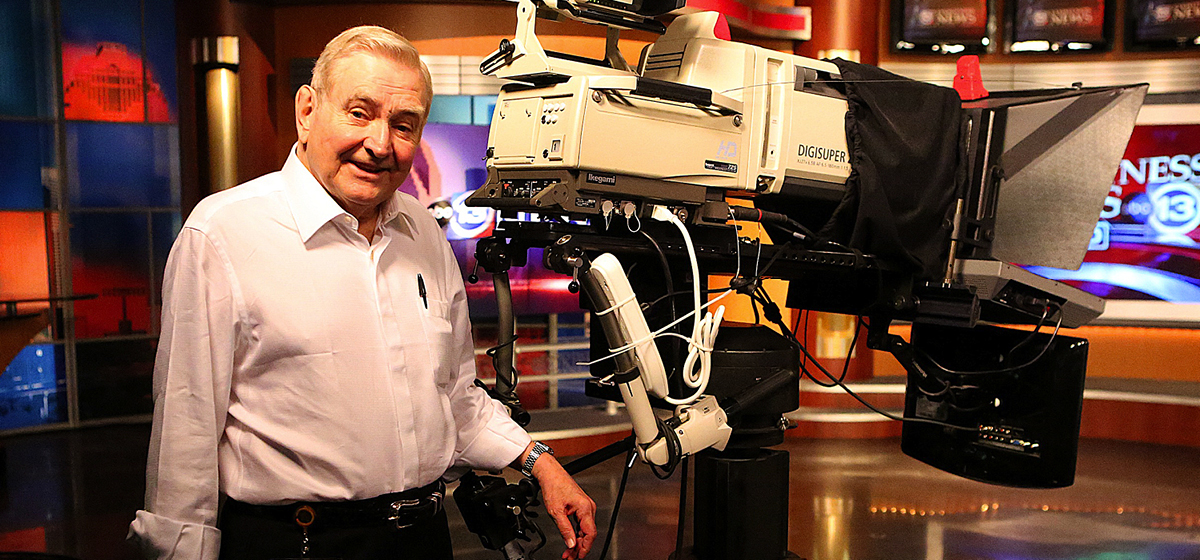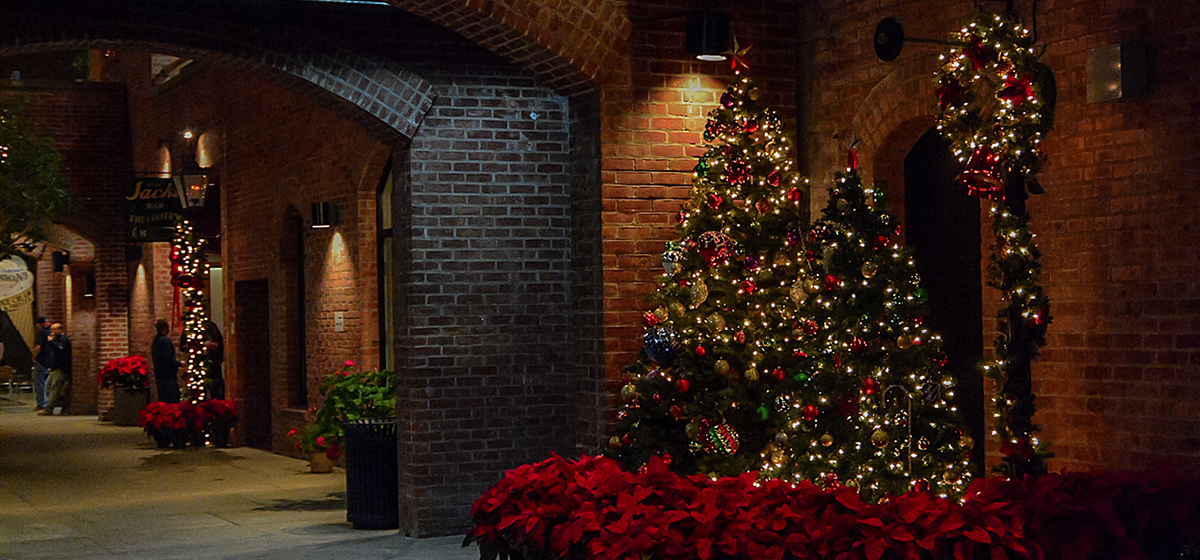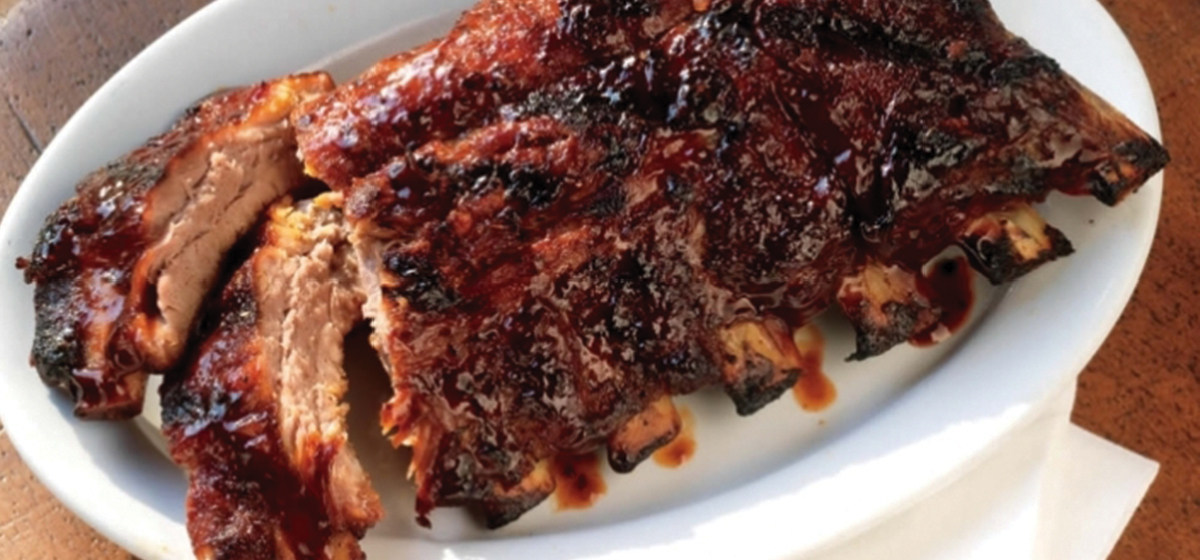 Over the past few years, Ed Duke has helped the H.E.A.R.T.S. (Helping Every American Remember Through Service) Veterans Museum of Texas acquire many military vehicles and aircraft now displayed on the museum’s five acres near I-45 in Huntsville. He became so good at this endeavor, museum founder Charlotte Oleinik jokingly gave him the title of “chief scrounging officer.” “He definitely earns that title,” Charlotte says. “This is not his first rodeo.”
Over the past few years, Ed Duke has helped the H.E.A.R.T.S. (Helping Every American Remember Through Service) Veterans Museum of Texas acquire many military vehicles and aircraft now displayed on the museum’s five acres near I-45 in Huntsville. He became so good at this endeavor, museum founder Charlotte Oleinik jokingly gave him the title of “chief scrounging officer.” “He definitely earns that title,” Charlotte says. “This is not his first rodeo.”
In the early fall of 2013, Ed learned that a Vietnam-era Army UH-1H “Huey” helicopter on the east coast of Florida was being retired from service and was about to be scrapped. When Ed heard the last three digits of the helicopter’s serial number were 113, he got excited. He knew a helicopter known as Bandit 113 had been assigned to the 281st Assault Helicopter Company during the war years in Vietnam. Although Bandit 113 arrived in Vietnam after Ed’s last tour of duty, he had seen action as a helicopter pilot in the same unit.
 “It was the very first H-model Huey,” Ed says. “When we realized the bird was from my old unit, we really got active to get it.” Bandit 113, Ed reports, was the lead aircraft in a mission that rescued a Montagnard village enslaved by the Viet Cong. The story is included in Thomas A. Ross’ book Privileges of War.
“It was the very first H-model Huey,” Ed says. “When we realized the bird was from my old unit, we really got active to get it.” Bandit 113, Ed reports, was the lead aircraft in a mission that rescued a Montagnard village enslaved by the Viet Cong. The story is included in Thomas A. Ross’ book Privileges of War.
In late 2013, Ed learned his efforts had been rewarded. The helicopter would be donated to the H.E.A.R.T.S. Veterans Museum and was available for pickup. There was, however, a catch: if it wasn’t picked up in 10 days, the deal was off. Unfortunately, Ed was undergoing cancer treatments and was unable to help. So he called his old friend Lance Ham, who lives in Florida. Lance was gone on a hunting trip, but called some friends he served with in Vietnam. The men borrowed Lance’s trailer and moved the helicopter to his farm, where it sat safely in the middle of a hayfield until March 2014.
 Meanwhile, Ed located Jay Hays, the helicopter’s first crew chief. “I asked him if the number 113 on this bird meant anything to him,” Ed says. Jay replied that he’d heard the helicopter had crashed while in service with the Drug Enforcement Administration. Ed happily informed Jay that his information was incorrect. When Ed was able to move the aircraft to Huntsville in March, Jay drove from his home in northern Ohio to Florida, then accompanied Ed and the helicopter to Huntsville. “He made the trip just to be with the aircraft,” Ed says.
Meanwhile, Ed located Jay Hays, the helicopter’s first crew chief. “I asked him if the number 113 on this bird meant anything to him,” Ed says. Jay replied that he’d heard the helicopter had crashed while in service with the Drug Enforcement Administration. Ed happily informed Jay that his information was incorrect. When Ed was able to move the aircraft to Huntsville in March, Jay drove from his home in northern Ohio to Florida, then accompanied Ed and the helicopter to Huntsville. “He made the trip just to be with the aircraft,” Ed says.
Moving the helicopter from Lance’s trailer to Ed’s trailer for transport to Huntsville required a commercial crane. A local crane owner brought his entire crew for the transfer, but when Ed asked him what he owed, he simply shook Ed’s hand, saying, “Thank you for your service.”
During transport from Florida to Huntsville, the aircraft attracted a lot of attention. When Ed stopped for gasoline—choosing stations that would accommodate a 40-foot trailer hauling a helicopter—customers swarmed Ed and Jay. While they drove down the highway, passengers of other vehicles leaned out to snap photos.
 When the helicopter reached Huntsville, Ed contacted Kirkland Crane and Rigging Company, which donated its equipment and expertise to move the helicopter from Ed’s trailer to a hanger at Huntsville Municipal Airport. (Over the years, Ed says, many local businesses have volunteered to help move heavy displays at the museum, including Drake’s Towing and Recovery, Johnson Wrecker Service, and Paul’s Wrecker.)
When the helicopter reached Huntsville, Ed contacted Kirkland Crane and Rigging Company, which donated its equipment and expertise to move the helicopter from Ed’s trailer to a hanger at Huntsville Municipal Airport. (Over the years, Ed says, many local businesses have volunteered to help move heavy displays at the museum, including Drake’s Towing and Recovery, Johnson Wrecker Service, and Paul’s Wrecker.)
 Unfortunately, Bandit 113 wasn’t in good condition. According to Ed, while Jay was crew chief, it was never struck by a bullet; however, during the intervening years, the helicopter’s tail boom had been emblazoned with the word “Policia” and the aircraft had acquired several bullet holes. It needed parts and body work to bring it back to its Vietnam-era condition, so Ed began looking for parts.
Unfortunately, Bandit 113 wasn’t in good condition. According to Ed, while Jay was crew chief, it was never struck by a bullet; however, during the intervening years, the helicopter’s tail boom had been emblazoned with the word “Policia” and the aircraft had acquired several bullet holes. It needed parts and body work to bring it back to its Vietnam-era condition, so Ed began looking for parts.
“I have literally scrounged parts from coast to coast to put it back together,” Ed says. Most of the parts, he says, were donated. Meanwhile, the 281st Assault Helicopter Company, the unit the helicopter was once assigned to, raised over $5,000 to help defray the costs associated with transporting and restoring the aircraft.
Ed then contacted Bearkat Collision and discussed the project with owners Bobby Beason and Tracy Turner, showing them “then” and “now” photos of the helicopter. “The ‘now’ pictures were pretty rough,” Bobby admits. “We wanted to help out. I thought we could get enough people together where it wouldn’t cost them anything.” Bobby recruited volunteers and also contacted his paint supplier, Tasco Auto Color in Conroe, which donated the many gallons needed to repaint the helicopter.
“Mr. Duke brought it to us in pieces,” Bobby says. “You don’t drop off a whole helicopter and say, ‘We’ll see you in a week.’” The work is nearing completion, however, and Ed is hopeful that Bandit 113’s restoration will be completed before the end of the year. At that time, it will land at the Vietnam Memorial Garden at the H.E.A.R.T.S. Veterans Museum. For more information visit heartsmuseum.com or call (936) 295-5959.



